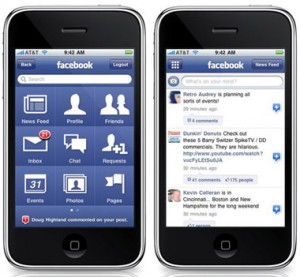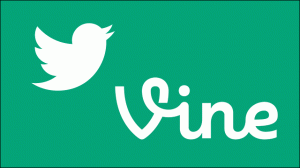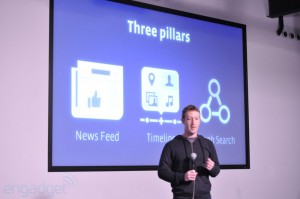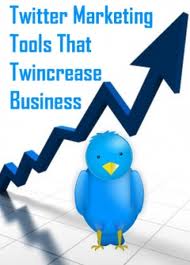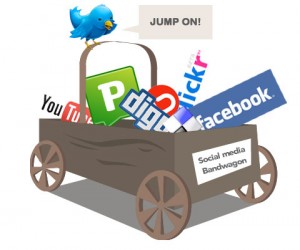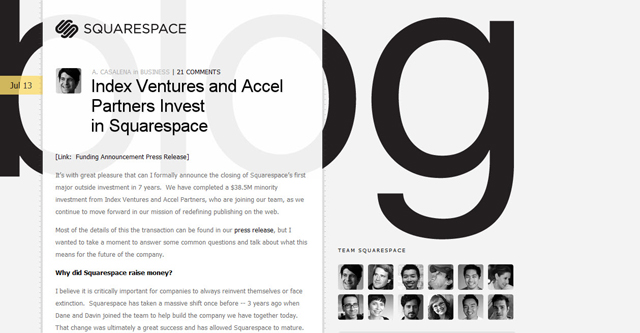Facebook Error Shows How Connected to Social Networking We Have Become
In Social Bookmarking, Social Media, Social Media News Brief, Social Networking, Web 2.0 | No comment
The Facebook Connect API is used on many third-party (non-Facebook) websites to allow people to easily post news articles and other information from websites as links on their Facebook pages, or to easily ‘like’ or comment on these articles and related Facebook pages. Many social networks have connections to major websites like this; so many, in fact, that it has become pretty much commonplace for one to be easily able to post a link to a news article on Facebook or retweet it on Twitter at the simple click of a button.
Essentially, what happened on February 7 was that this API crashed, causing hundreds of websites such as CNN, NBC News, Hulu, The Huffington Post, BuzzFeed, Gawker, Pinterest, and many other popular websites that feature connectivity to Facebook also crashed alongside the API, causing visitors of those websites to be redirected to a Facebook error page. The error lasted for different amounts of time depending on the website, with NBC News reporting a twelve minute downtime, while Read Write Web reported an hour of downtime caused by Facebook Connect.
Reportedly, users on Twitter have referred to the incident as ‘Facebookmageddon,’ as the amount of websites affected by this problem ultimately affected millions of users on a very widespread scale. It is very interesting to see that something like this could happen and, considering how Twitter was recently hacked itself, where more than 250,000 users were compromised, it makes one wonder whether a skilled hacker abusing Facebook Connect could shut down hundreds of major websites all at once at some time in the near future. Regardless, it certainly is interesting to see how connected the Internet appears to be, simply through the usage of Facebook.


